A reality-rooted perspective on “explainable AI” and what this means for the future of the field.
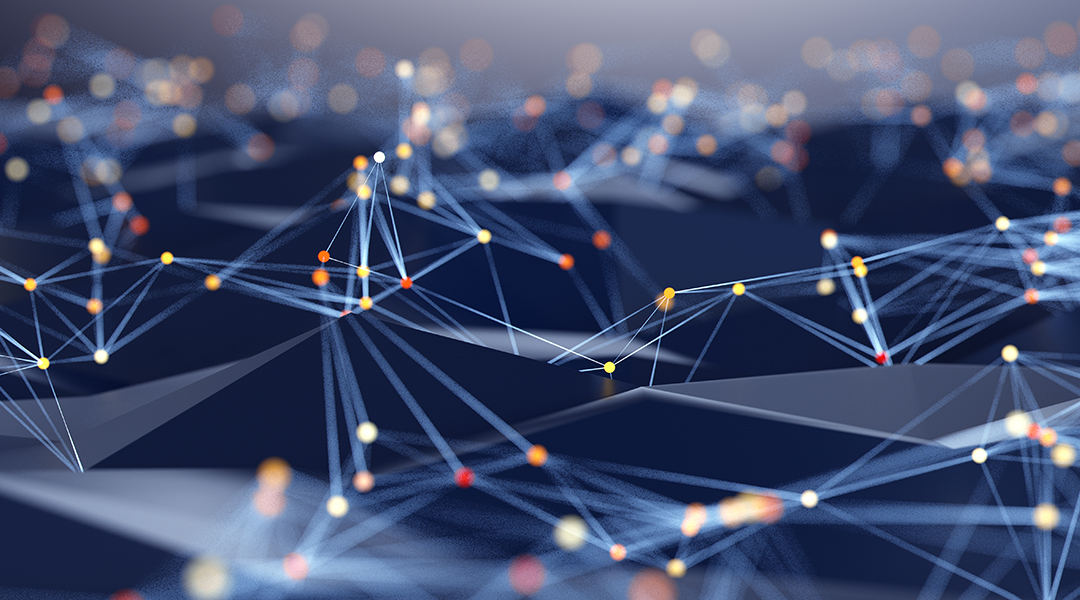

A reality-rooted perspective on “explainable AI” and what this means for the future of the field.
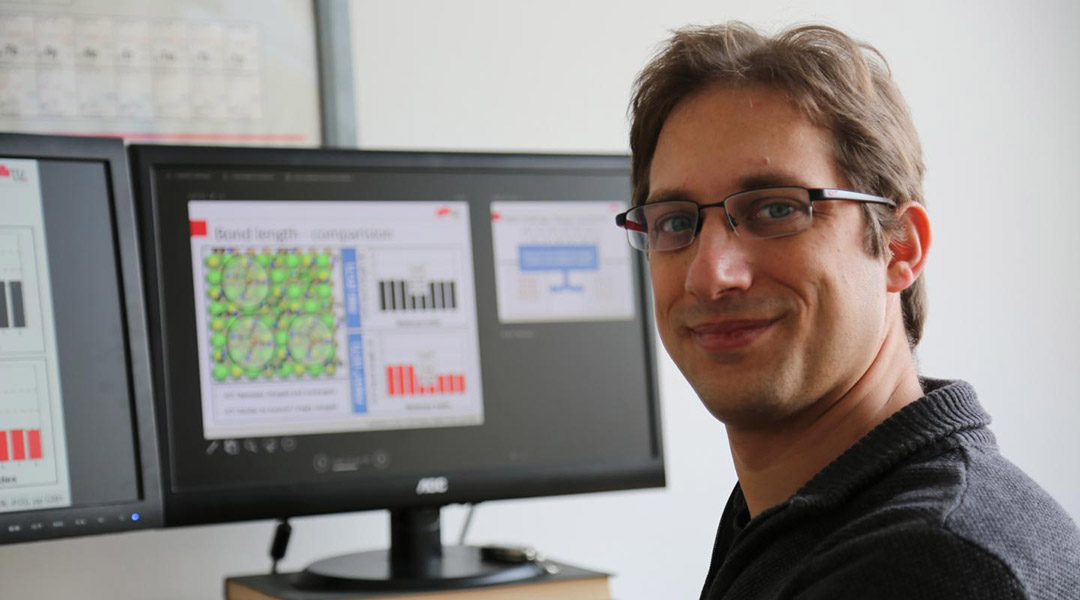
Simulations at Graz University of Technology refute earlier theories on long-range charge transfer between organic and inorganic materials.

An AI-based process recommender system for injection molding allows non-experts to set process conditions in real time.
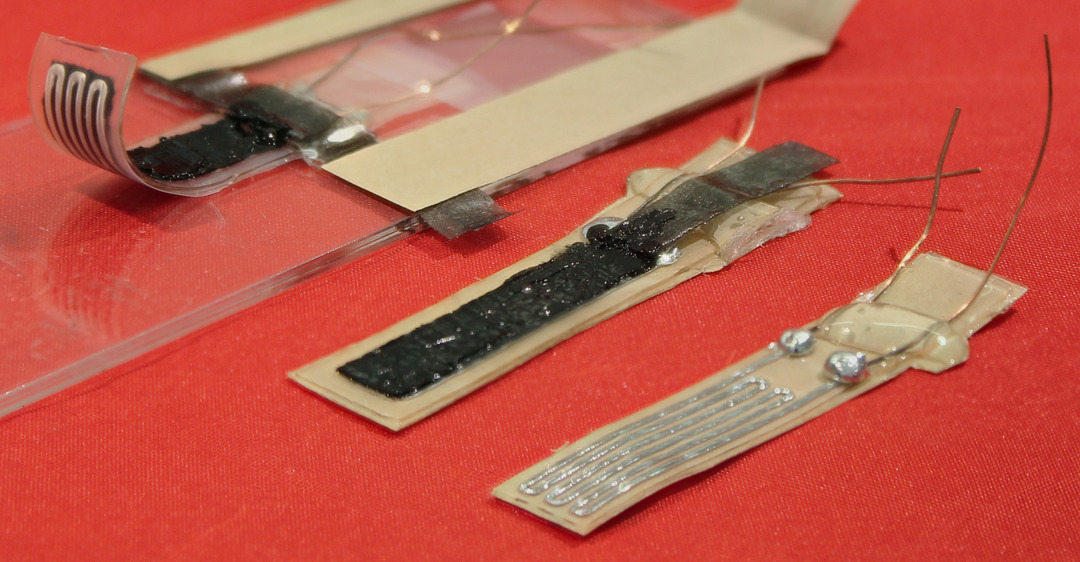
A new layer-by-layer fabrication process allows researchers to create new and improved soft robot actuators with variable degrees of stiffness.
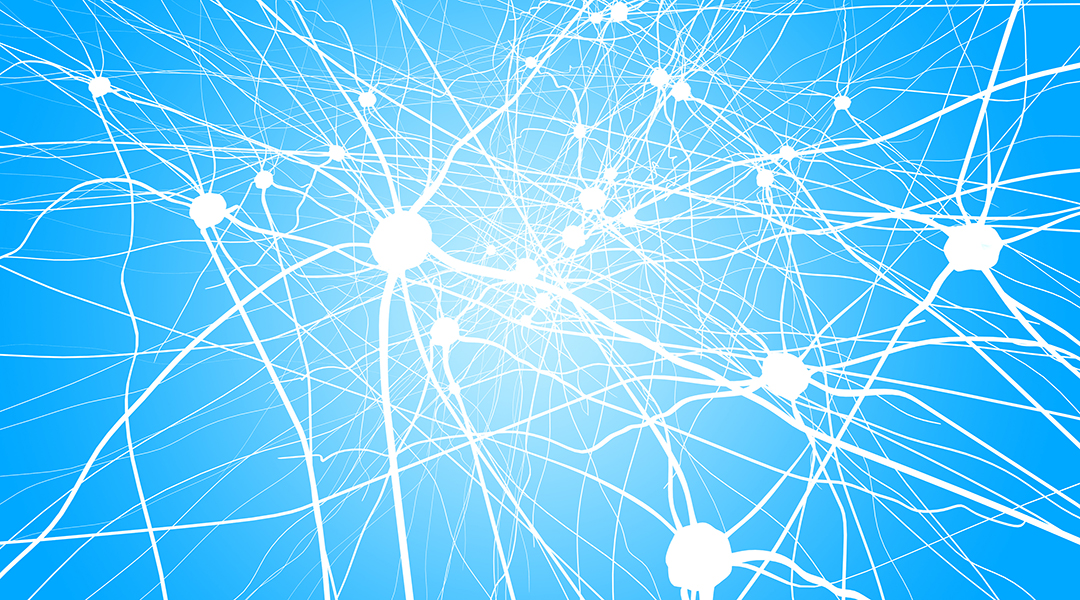
Bursting dynamics that mimic the functions of the human brain pave the way for more efficient AI systems.

Researchers develop microrobots that can sense their external environments and adapt their motion, similar to living organisms.
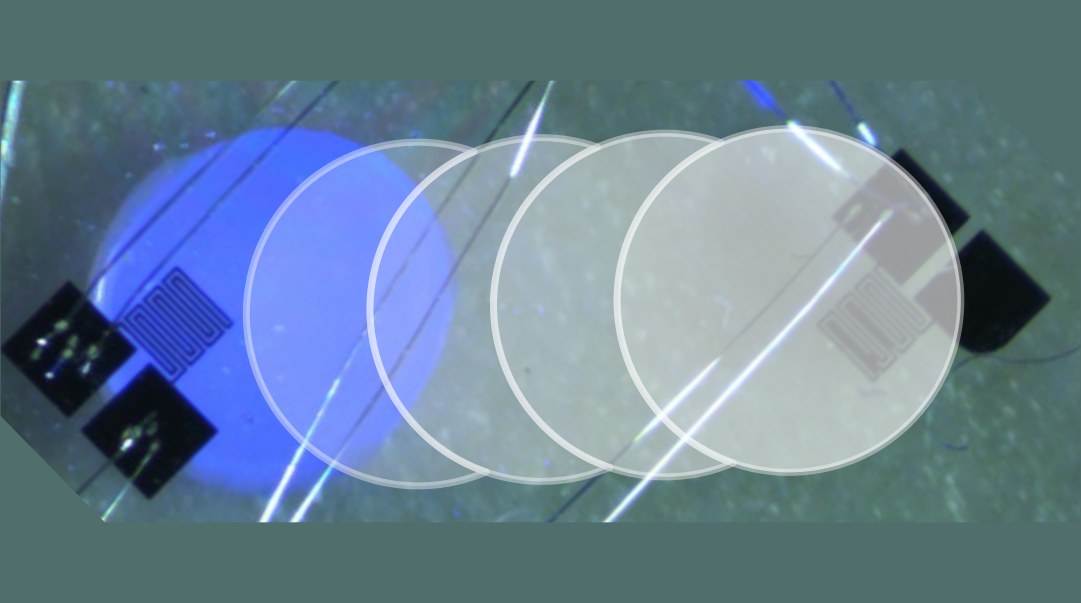
A new and simple working principle for liquid manipulation and a complete exploration of the opportunities of a multipurpose platform guided by physical intelligence.
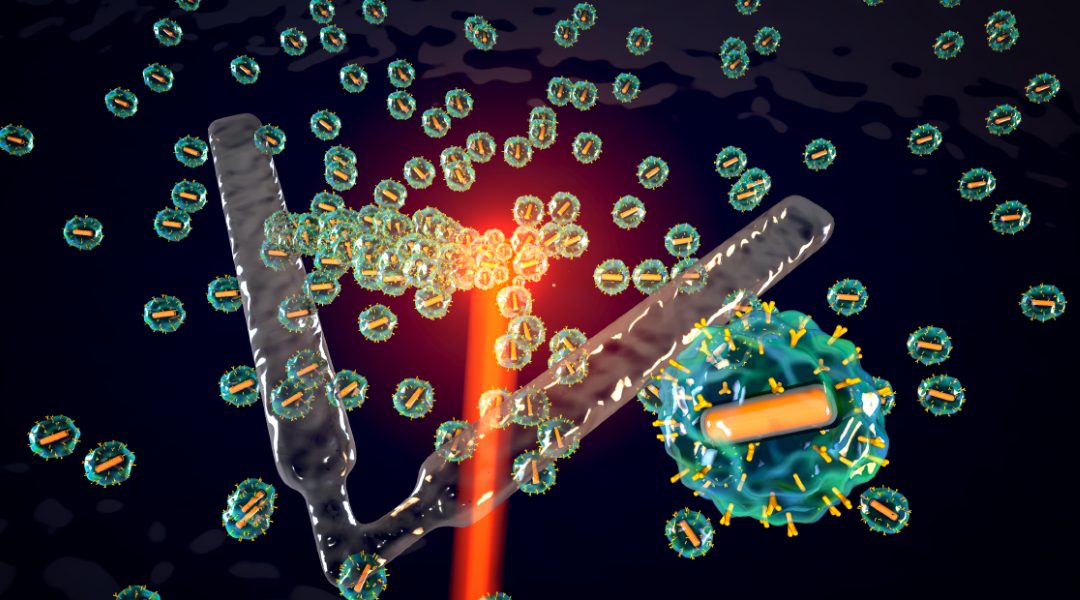
A new soft microrobot harnesses electromagnetic and thermal energy at the nanoscale to self-assemble from colloidal nanomachines.
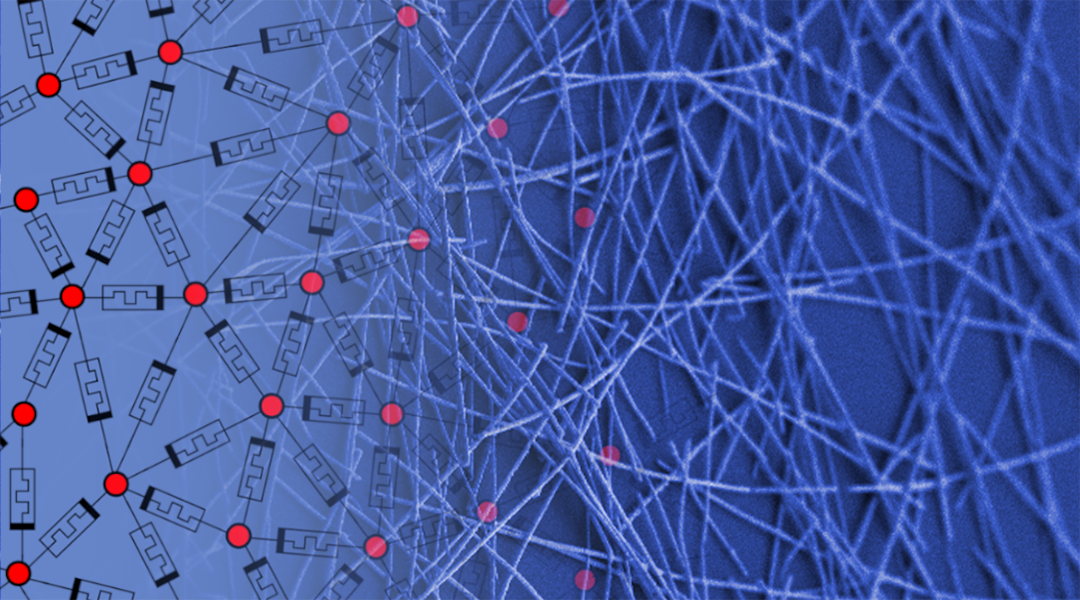
A new bottom-up network built from randomly distributed nanowires can learn, compute, and adapt like a human brain.
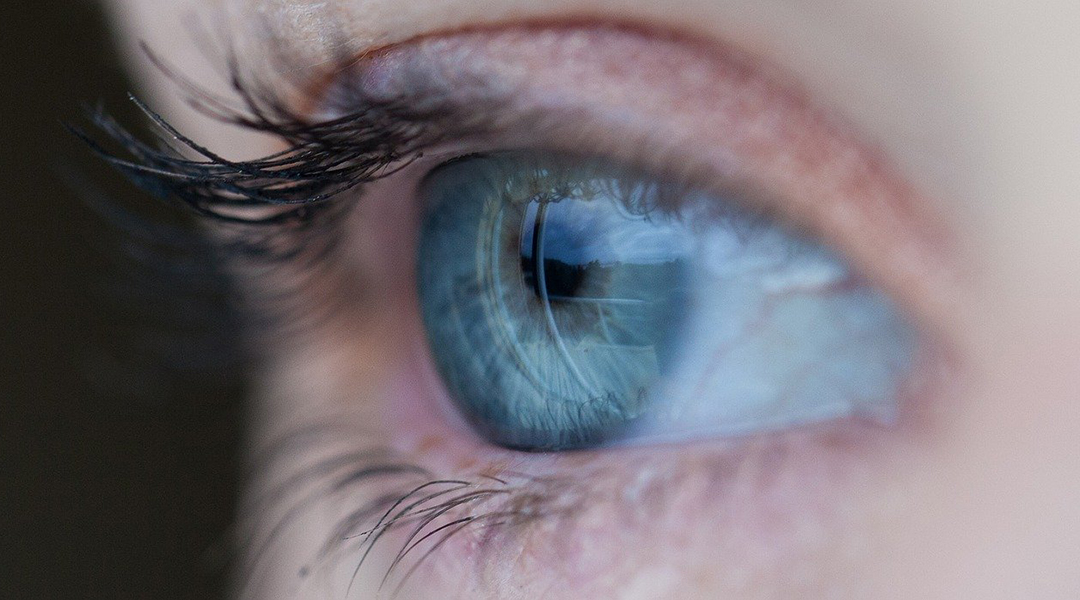
Scientists at Hong Kong University of Science and Technology make artificial eye far better than anything current.